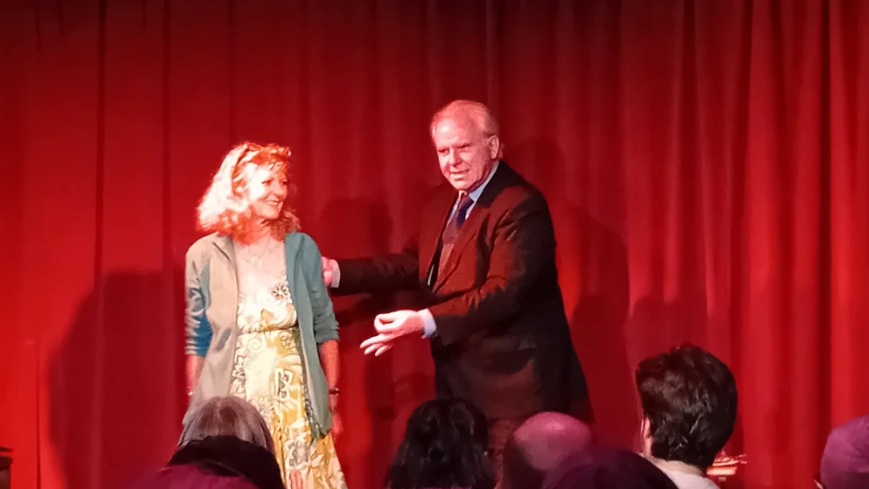Cold Reading Examples: How the Illusion of Insight Works
Cold Reading Examples: How the Illusion of Insight Works
Cold reading is the art of sounding like you know someone’s secrets, even when you’ve never met them before. Psychics, fortune tellers, and even salespeople rely on this clever mix of psychology and phrasing to build trust and credibility. To really understand it, the best approach is to study cold reading examples in action.
In this article, we’ll explore some of the most common cold reading examples, explain why they’re so convincing, and show you how to spot them in everyday life.
What Are Cold Reading Examples?
Cold reading examples are practical demonstrations of statements or techniques that give the impression of deep personal insight. They work not because the reader has special knowledge, but because people interpret vague or general statements as uniquely true about themselves.
These examples are useful for learning how cold reading operates and why so many people fall for it.
Classic Cold Reading Examples
Here are some of the most frequently used cold reading examples you’ll encounter:
1. The Barnum Statement
“You sometimes doubt yourself, but you also know you’re capable of much more.”
This is one of the most popular cold reading examples because it applies to nearly everyone while sounding personal.
2. The Rainbow Ruse
“You can be outgoing, but there are times when you prefer solitude.”
Among cold reading examples, this one cleverly covers both ends of a trait, making it hard to dispute.
3. The Jacques Statement
“When you were younger, you sometimes felt misunderstood, but those experiences shaped you.”
This is one of the most effective cold reading examples because nearly everyone recalls such feelings from youth.
4. Fuzzy Facts
“I sense a connection to someone with a name beginning with J or M.”
This classic cold reading example works because the subject fills in the details, giving the illusion of accuracy.
5. Push Statements
“I see an important choice around you right now.”
If it resonates, it’s a hit. If not, it’s reframed as “something coming soon.” This flexibility makes it one of the strongest cold reading examples.
Why Cold Reading Examples Work
The psychology behind cold reading examples explains their power:
The Forer Effect – Vague statements feel specific.
Confirmation Bias – People remember the hits, forget the misses.
Active Participation – Listeners provide the missing details themselves.
This combination makes cold reading examples feel persuasive, even though they’re carefully designed to be broadly applicable.
Cold Reading Examples Beyond Psychics
Although most people associate them with fortune tellers, cold reading examples are everywhere:
Sales – “You want the best value, but you don’t want to compromise on quality.”
Politics – “You’re proud of your community, but you also want to see change.”
Job interviews – “You work well in teams, but you’re also independent.”
These everyday uses show that cold reading examples are just as relevant in business and leadership as in a psychic’s tent.
Spotting Cold Reading Examples
To protect yourself from being misled, watch for these signs of cold reading examples in conversation:
Statements that could apply to almost anyone.
Contradictions presented together.
Flattery that feels insightful but vague.
Open-ended phrases inviting you to “fill in the blanks.”
The more you learn about cold reading examples, the easier it is to recognise them in action.
Cold reading examples show how easily words can create the illusion of deep understanding. They’re not magic, but psychology in action. Used dishonestly, they can deceive. Used ethically, they reveal the universal human need to feel understood.
By studying these cold reading examples, you sharpen your awareness, strengthen your critical thinking, and gain valuable insights into communication.





